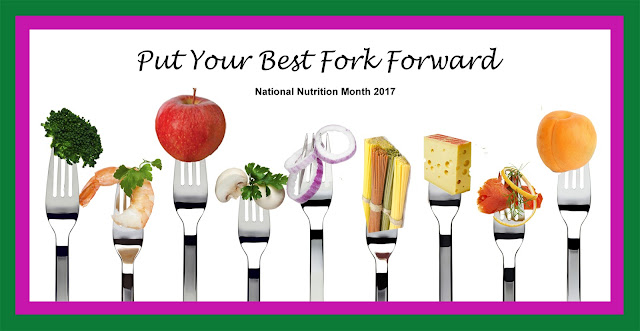Creating a Profession and Improving Health: Academy of Nutrition
and Dietetics Celebrates its
Centennial in 2017
January 5, 2017
Press Release
CHICAGO – The Academy of Nutrition and Dietetics, the world's largest organization of food and nutrition professionals, will celebrate its 100th anniversary in 2017 by honoring the dietetics profession and forging a new vision for the Academy's Second Century.
For the past 100 years, the Academy has been dedicated to building a profession that optimizes health through food and nutrition. The Academy was founded as the American Dietetic Association in 1917 by a visionary group of women committed to taking on the greatest food and nutrition challenge of the day: conserving food, feeding the troops and nourishing Americans while combating malnutrition in the face of severe food shortages during World War I.
"Our founders created an organization and a profession that changed the course of food, nutrition and health," said registered dietitian nutritionist and the Academy's 2016-2017 President Lucille Beseler.


Today, the Academy represents more than 100,000 registered dietitian nutritionists and dietetic technicians, registered, working across the food and health spectrum in hospitals, foodservice, academia, business, wellness, agriculture, public health and private practice. The Academy continues to provide unequalled, evidence-based nutrition practice resources for its members and health professionals.
"The Academy of Nutrition and Dietetics has built on the legacy of our brave and inspirational founders as we address food and health systems that have changed significantly, becoming more global and complex," Beseler said.
"The ability to feed people and feed them well is a challenge we face in our homes, our schools, our communities, our nation and around the world. Yet these challenges also present unique opportunities for innovation and collaboration between nutrition professionals and other leaders," Beseler said.
A significant part of the Academy's Second Century includes expanded international collaborative relationships. In September 2016, the Academy convened the Nutrition Impact Summit, which brought together nearly 200 Academy members and thought leaders in food, wellness and health care systems to identify potential projects and strategic partners in the U.S. and worldwide.
"Honoring our legacy means unflinchingly addressing the health challenges of the present day, our present century and the next. The Academy's vision for the Second Century is grounded in an extraordinary commitment to collaboration, a focus on service and an emphasis on creating a world where people and communities flourish because of the transformational power of food and nutrition," Beseler said.
The Academy will commemorate its centennial throughout 2017, at the Academy's Food & Nutrition Conference & Expo™.
All registered dietitians are nutritionists – but not all nutritionists are registered dietitians. The Academy's Board of Directors and Commission on Dietetic Registration have determined that those who hold the credential registered dietitian (RD) may optionally use "registered dietitian nutritionist" (RDN) instead. The two credentials have identical meanings.
The Academy of Nutrition and Dietetics is the world's largest organization of food and nutrition professionals. The Academy is committed to improving the nation’s health and advancing the profession of dietetics through research, education and advocacy. Visit the Academy at
eatright.org.















































